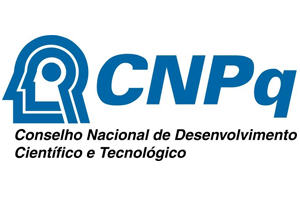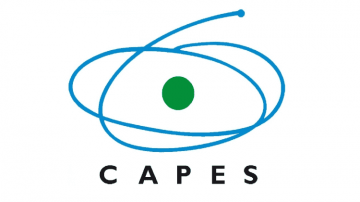Ghfran Adnan Abdul Amir
Biology department, College of Education for pure sciences, University of Karbala, Iraq
Batool A. Hussein
Dr. A. Prof, Biology department, College of Education for pure sciences, University of Karbala, Iraq
ABSTRACT
The use of laboratory animal models has greatly advanced the understanding of human diseases, particularly in basic research, drug development, and diagnostic tool creation. Among these, rabbits have been instrumental in studying human atherosclerosis due to their unique lipoprotein metabolism, which closely resembles that of humans and distinguishes them from rodent models. Rabbit models not only provide critical insights into the pathophysiology and progression of atherosclerosis but also play a pivotal role in translational research. Historically, rabbits were the first animal model used to study human atherosclerosis over a century ago. Currently, three main types of rabbit models are widely employed in atherosclerosis and lipid metabolism research: (1) cholesterol-fed rabbits, which simulate dietary-induced hypercholesterolemia; (2) heritable hyperlipidemic rabbits, which mimic human familial hypercholesterolemia due to genetic deficiencies in LDL receptors; and (3) genetically modified rabbits, including transgenic and knock-out models, engineered to investigate specific genetic factors involved in lipid metabolism and atherosclerosis. These models continue to provide invaluable contributions to understanding human cardiovascular disease and the development of novel therapeutic strategies.
Keywords: Parasteron, Heart, Cardiovascular Disease, Atherosclerosis.




